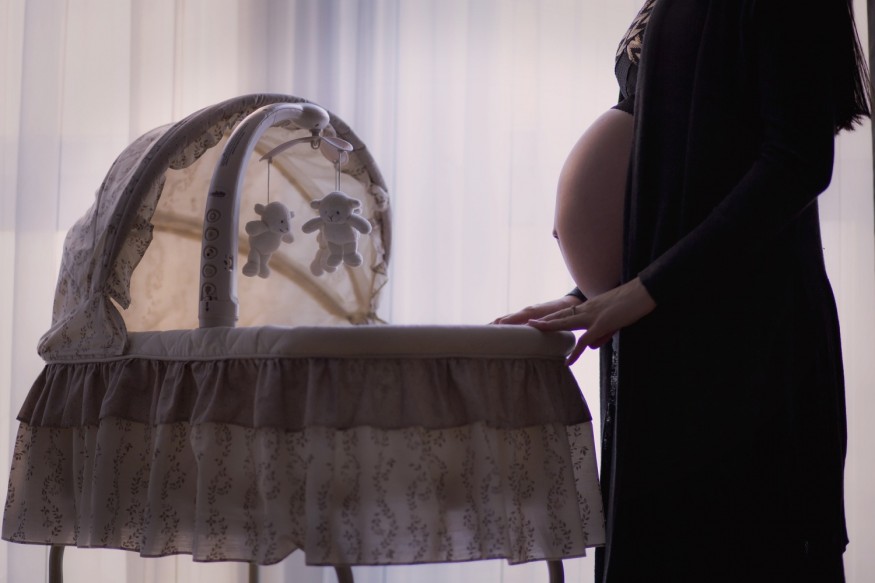
Reproduction-related events, such as childbirth and breastfeeding, were found to permanently change women's bones in ways that science did not previously know of.
According to SciTechDaily, these changes were discovered by a group of anthropologists. Such findings were generated based on studying rhesus monkeys. Now, thanks to these research efforts, such findings are capable of shedding a new light to the permanent body effects brought about by childbirth.
The study was published in PLOS One.
ALSO READ : How Do Women in Coma Give Birth? Italian Woman Wakes Up After 10 Months and Discovers She Has a Baby Girl
Reproduction Permanently Alters the Bones of Women
According to research leader Paola Cerrito, their findings serve as additional proof of the extensive effects that reproduction brings to a woman. Cerrito also notes how such findings show how the skeleton is a dynamic structure that may alter depending on particular life events.
Other than this, the researchers observed how women who went through childbirth had lower concentration levels of certain elements, namely magnesium, phosphorus, and calcium. SciTechDaily notes how such changes are related to childbirth and breastfeeding.
However, the researchers warn that even if prior studies have relayed the significance of both phosphorus and calcium when it comes to bone health, these findings may cater to general health issues for humans or primates. The scientists specifically assert that their findings show how human bones have dynamic natures.
NYU anthropologist and study proponent Shara Bailey shares that one's bone is not a dead and static part of one's skeleton. Rather, the bone keeps on adjusting and responding to certain processes that take place within the body.
As part of the study, the researchers focused on the primary lamellar structure, which is the primary bone type in a skeleton that is mature. Such a skeleton part is an ideal study subject because it alters as time passes and leaves remnants or biological markets of such alterations. This makes it possible for scientists to study these changes within one's lifespan.
The scientists delved into the lamellar bone's rate of growth in female and male primates from Sabana Sea Field Station of Puerto Rico. These primates have all succumbed due to natural conditions.
Veterinary specialists from the field tracked and noted data regarding the reproductive accounts and overall health of the primates. With this, researchers were enabled to precisely match the changes in bone composition with particular life events.
The team utilized dispersive energy X-ray analyses as well as electron microscopy to calculate and monitor the concentration level changes of oxygen, phosphorus, magnesium, calcium, and sodium.
Lower Phosphorus, Calcium, and Magnesium Concentration Levels Were Observed
According to the Independent, the results of the analysis reflected significant concentration level differences in women who experienced childbirth compared to male counterparts and other females who had not given birth.
More specifically, for women who underwent childbirth, phosphorus and calcium levels were found to be lower in the particular bone that was formed when reproductive events took place. Significant magnesium declines were also observed as the primates were breastfeeding their infants.
Overall, the findings of the study reflect that the skeletal structure may have a dynamic response toward reproductive changes. It also reaffirms how huge the impact of childbirth is on a woman.
RELATED ARTICLE : Scientists Say That Women With Bigger Butts Give Birth To Smarter Kids
Check out more news and information on Medicine and Health in Science Times.
© 2025 ScienceTimes.com All rights reserved. Do not reproduce without permission. The window to the world of Science Times.












